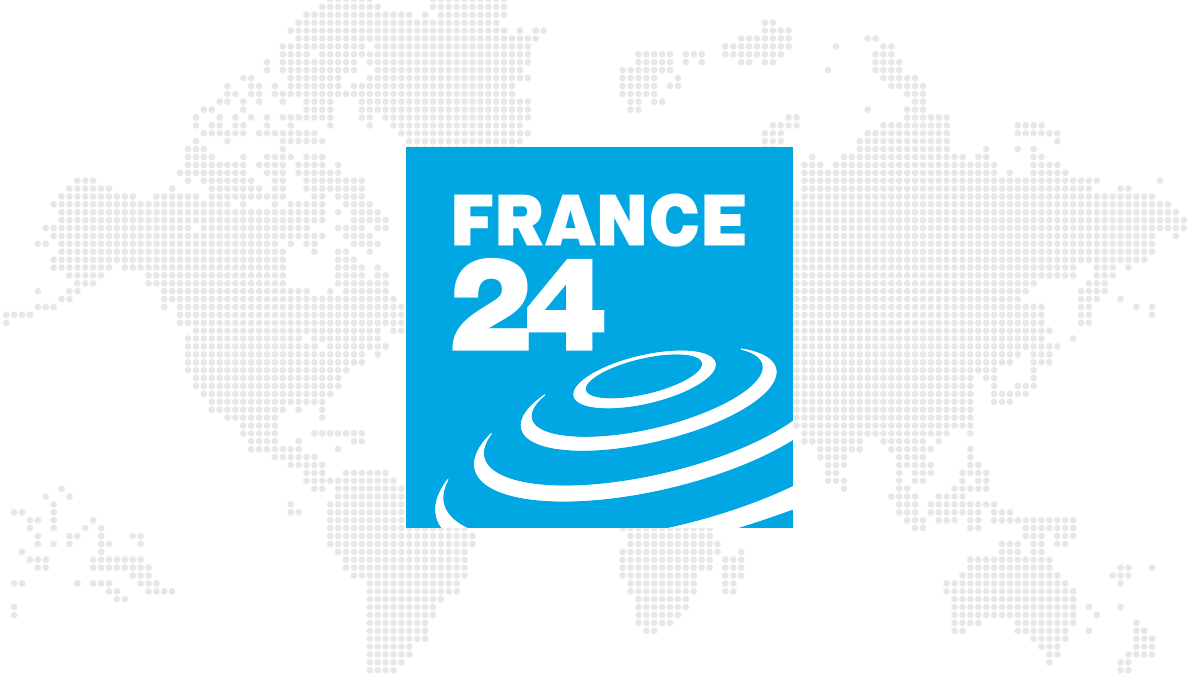New York (AFP)
Hundreds of thousands gathered to listen to music, make love, consume acid and other drugs: 50 years later, the image of Woodstock seems more utopian than ever in a country now haunted by the fear of attacks and shootings.
Organizers of the legendary festival of August 1969, however dreamed of organizing a "remake" for the 50th anniversary. Their efforts proved futile, in the era of metal detectors, bomb sniffer dogs and systematic bag searches.
"Today's environment is very, very different from 50 years ago," said Stuart Cameron, chief of police for Suffolk County, east of New York, and a security specialist. festivals. "We would not allow" an event similar to Woodstock today, he says. "There are too many security risks."
The reports of the time are sometimes contradictory, but the three days of the festival would have made two deaths in 1969: one crushed by a cleaning tractor and another at least died of an overdose.
To ensure safety, the organizers brought in members of a famous Californian hippie community - "The Hog Farm".
Their methods reflected the spirit of the festival: some people, in specially reserved tents, watched over those who had made a bad trip with acid, others were charged with politely asking the festival-goers to remain calm.
For the 50th anniversary, Michael Lang, one of the organizers of the 1969 Woodstock, had invited some 80 bands or musicians to come to play, rapper Jay-Z in Santana, hoping to recreate the event.
But it was impossible to find a peasant ready to welcome them to his land, after the Watkins Glen site, 200 km west of the original Bethel site in northern New York, had declined.
The organizers were denied the necessary permits one after the other for reasons relating to medical assistance, water, food or security personnel.
"Everyone today is much more sensitive to safety and health issues," says Stuart Cameron. "When people buy food at an event, they assume it is good to consume, and if they are injured there will be an ambulance." "At the time, we did not necessarily assume all that".
- "Never again the same experience" -
Beyond health security, the proliferation of shootings and attacks in recent years, especially during concerts, has complicated the organization of this kind of mass gatherings.
In October 2017, 58 people died when a heavily armed man shot a crowd in Las Vegas at a country music concert.
A few months earlier, 22 others had died on the sidelines of a concert of Ariana Grande in Manchester, England, in a bomb attack.
In November 2015, a jihadist commando had killed 90 people attending an Eagles of Death Metal concert in Bataclan Hall, Paris.
While several major music festivals flourish - such as Coachella, Glastonbury, Primavera Sound, Bonnaroo and Lollapalooza - they are expensive and still heavily framed and protected, far from the "peace and love" spirit of Woodstock.
"In the past, people were mainly concerned about introducing alcohol and drugs, now they are the ones who are bringing weapons of mass destruction to kill everyone," says Joseph Giacalone, a retired detective who worked for a long time to secure the celebrations. New Year's Eve at Times Square in New York.
"It's not that there were no shootings before, but they were widely spaced," he continues, citing the shooting that killed 14 people in Austin, Texas, in 1966, which was the most bloody for 18 years.
And the former detective to let go: "Society has changed over the past 20-30 years (...) People who lived the 1960s will never experience the same experience again."
© 2019 AFP

